#Travel Friendly Airbnb and Guest House - Vacationing in #Accra and looking for an Airbnb to stay? We Got You! Vacation rentals in Greater Accra Region Whatsapp +1 747 4779581 @Charlesfrize
This is important because it relates to Short stay apartments in Accra #AccraGhana #AburibotanicalGardens #Senchi #TravelTours #KakumNationalPark #KwameNkrumahMemorialPark #WliWaterfalls #ElminaCastle #VisitGhana #AccraAccommodation #Africandiaspora #airbnb #Ghana #Dodowa #Oyibi #ValleyviewUniversity #Adenta
Angola
Country Profile And Travel Guide
Angola Is The Largest And Wealthiest Of The Portuguese-Speaking African States
Exploring the vibrant nation of Angola offers an intriguing insight into its diverse culture and rich history. Located on the southwestern coast of Africa, Angola is known for its stunning landscapes, from the vast savannas to the Atlantic Ocean's breathtaking coastline. This nation is gradually becoming a sought-after destination for tourists interested in authentic African experiences. With #Angola, one encounters a nation that embodies the spirit of resilience and growth, following years of civil unrest.
For those interested in #Voyage and #Tourism, Angola presents a plethora of opportunities to explore. Visitors can discover the unique biodiversity within its national parks, such as Kissama National Park, home to elephants, giraffes, and a variety of bird species. The country's cultural festivals, like the Lubango Festival, offer an immersive experience into Angola's traditions, music, and dance.
Moreover, Angola's capital, Luanda, is a bustling metropolis that showcases a mix of modernity and tradition, with its lively markets and historic sites. The city is also gaining recognition for its burgeoning art scene and vibrant nightlife.
According to recent tourism statistics, Angola is making significant strides in attracting international visitors, with initiatives aimed at improving infrastructure and promoting sustainable tourism practices. These efforts are part of a broader vision to position Angola as a key player in the African tourism sector.
For those interested in exploring #Africa, Angola stands out as a hidden gem, waiting to be discovered. This #FrizeMedia platform provides a valuable resource for travelers, offering insights and information about this fascinating nation's tourism potential.

The People The people of Angola are steadfast. Angolans have a very deep understanding of patience, and sidestep blaming the difficulties the country faces on the fact that there was war. In reality, Angolans act as if there was no war despite the fact it is deep rooted in every Angolan. The heart and soul of every Angolan is music, it can be heard anywhere and there is always a good excuse for a party. The country has a eclectic range of music, chiefly Kuduro, Kizomba, Semba, and Tarrachinha, the latter being more sensual than all the others. Angolans in all , is safe to say are fun and loving people with a thirst for more of what life has to offer.
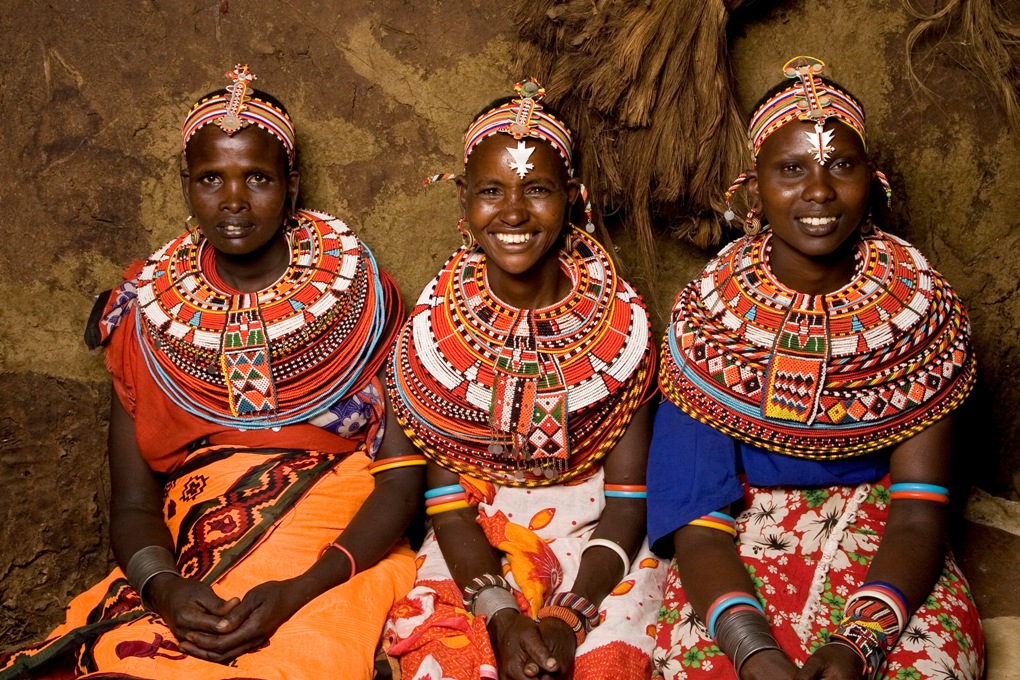
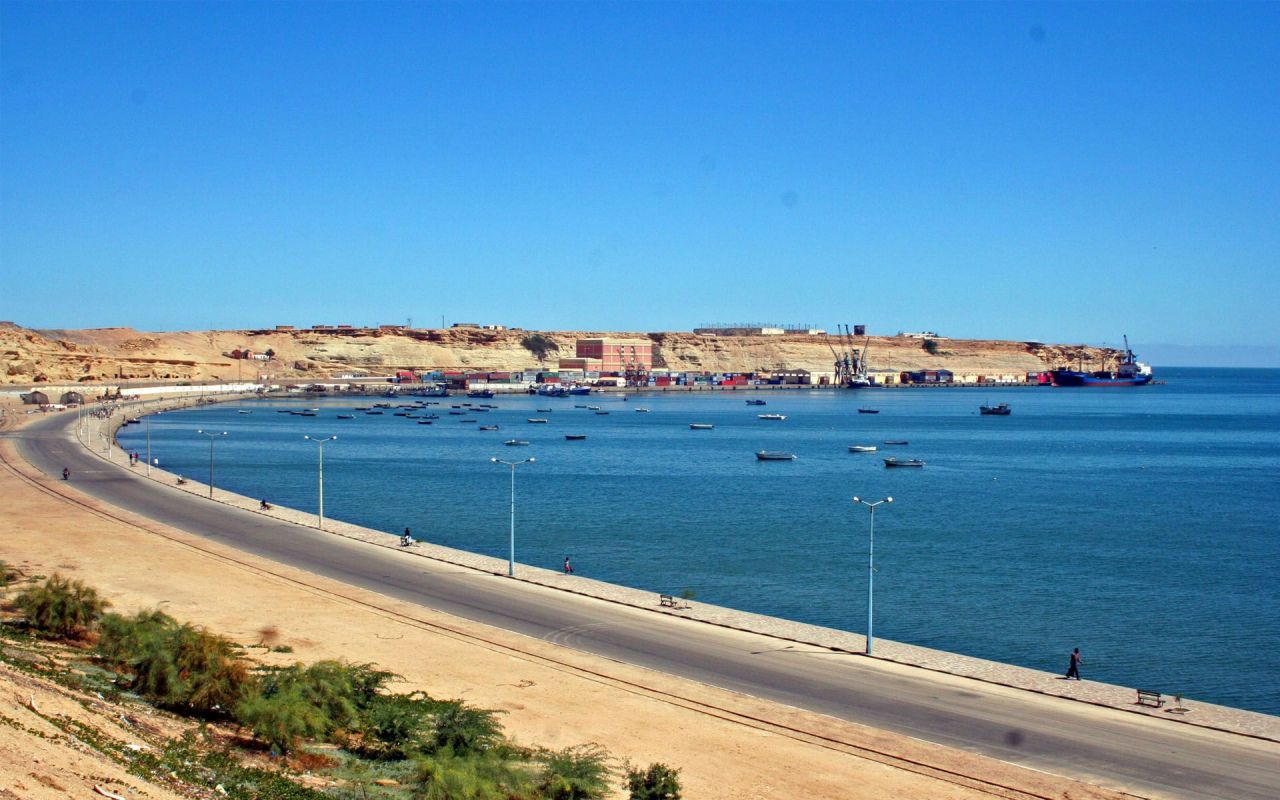
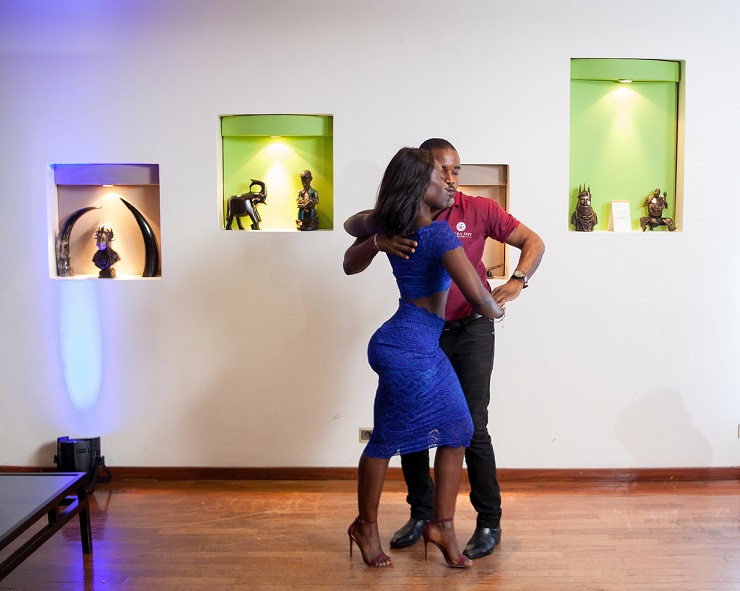
Kizomba Dance Angola
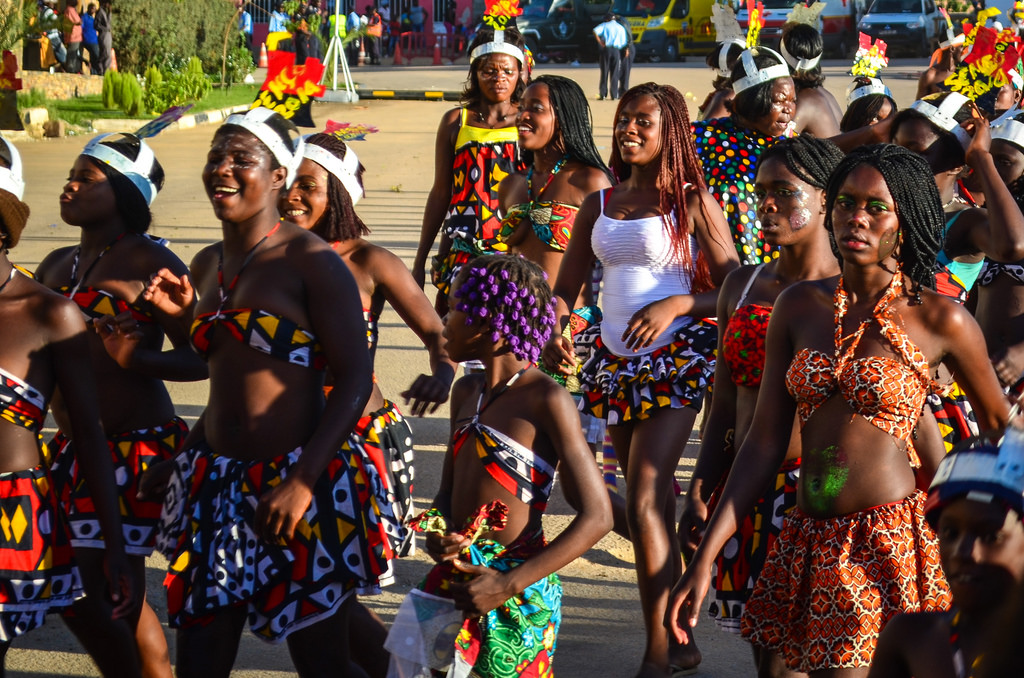
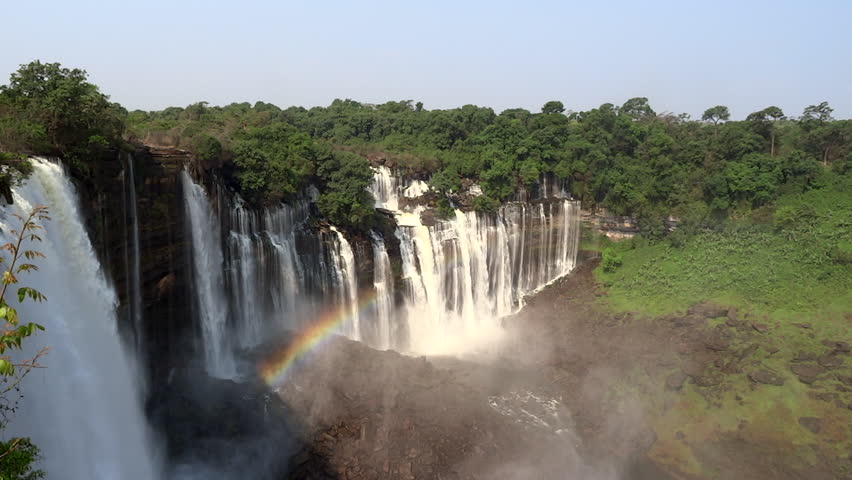
Kalandula Falls Angola
Etymology The name Angola derives from the Portuguese colonial name Reino de Angola (Kingdom of Angola), mentioned as early as 1571 in Dias de Novais's charter. The toponym was derived by the Portuguese from the title ngola held by the kings of Ndongo. Ndongo was a kingdom in the highlands, between the Rivers of Kwanza and Lukala, nominally tributary to the king of Kongo but which was seeking greater independence during the 16th century. Angola is the world's twenty-third largest country. It is comparable in size to Mali, or twice the size of France or Texas.
Angola Country Profile
- Angola is a country in south west Africa
- Borders the countries of Namibia, Zambia, and Congo. Angola also borders the Atlantic Ocean off the west coast and with a west coast along the Atlantic Ocean.
- Angola has plenty of natural resources; the most common being oil and diamonds.
- Capital city is Luanda, which is also the largest city
- Official language is Portuguese
- Total area - 1,246,700 km²
- Population - 10,978,552 (ranked 71 in the world for size)
- Angola is a former portuguese colony
- Angola is divided into 18 provinces: 1 Bengo, Benguela, Bia, Cabinda, Cuando Cubango, Cuanza Norte, Cuanza Sul, Cunene, Huambo, Huila, Luanda, Lunda Norte, Lunda Sul, Malanje, Moxico, Namibe, Uige, Zaire
- Angola has three main ethnic groups, each speaking a Bantu language: Ovimbundu 37%, Kimbundu 25%, and Bakongo 13%.
- The great majority of the inhabitants are of Bantu stock with some admixture in the Congo district.
- In the coastal towns the majority of the white inhabitants are Portuguese.
- The Mushi-Kongo and other divisions of the Ba-Kongo retain curious traces of the Christianity professed by them in the 16th and 17th centuries and possibly later.
Climate Akin to the rest of tropical Africa, Angola experiences distinct, alternating rainy and dry seasons. The cool Benguela Current permeates the coastal strip, ensuing in a climate comparable to coastal Baja California. It is semi arid in the South and along the coast to Luanda. The rainy season is short lasting from February to April. The summers tend to be hot and dry, while winters are mild.
The northern part is blessed with a cool, dry season (May to October) and a hot, rainy season (November to April). In the interior, above 3,300 ft (1,006 m), the temperature and rainfall decrease. The interior highlands have a mild climate with a rainy season from November through April followed by a cool dry season from May to October. The heaviest rainfall occurs in April, and is accompanied by violent storms. The far north and Cabinda enjoy rain throughout much of the year.

Namibia Holidays - An Amazing Experience
Tweet
Follow @Charlesfrize


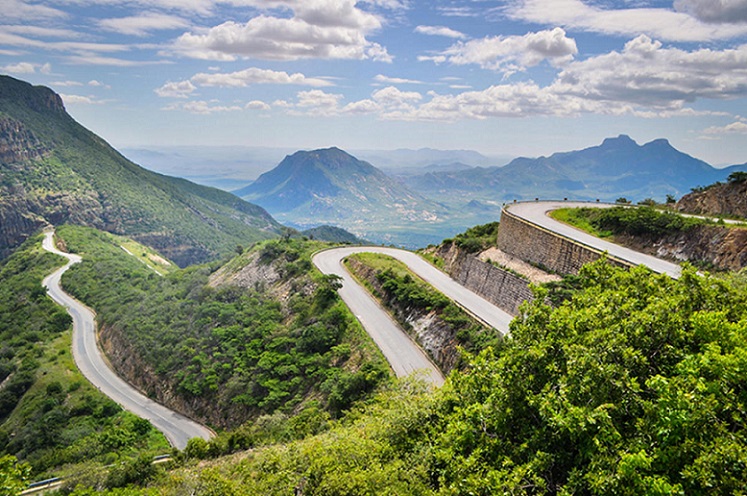






New! Comments
Have your say about what you just read! Leave a comment in the box below.